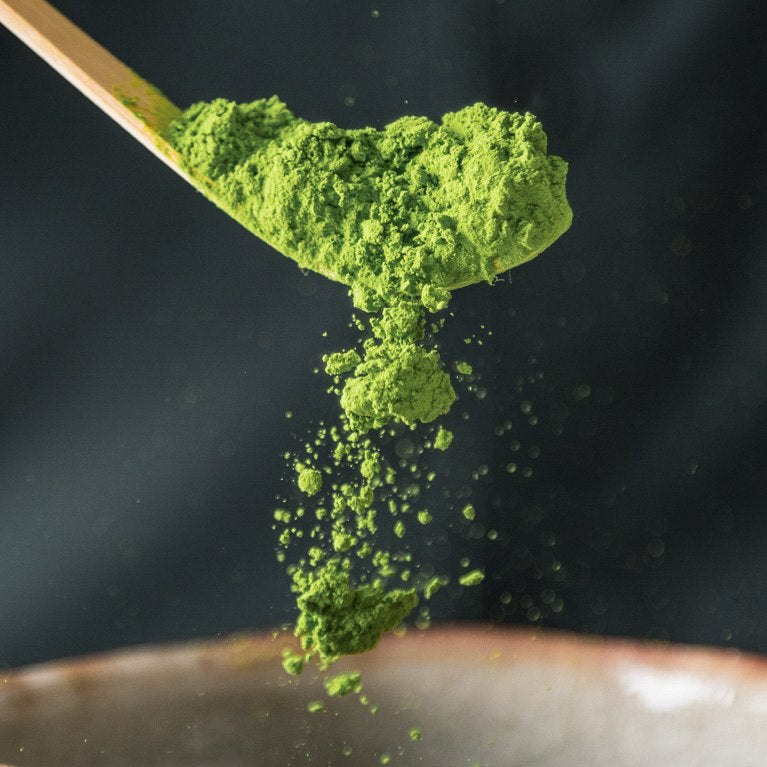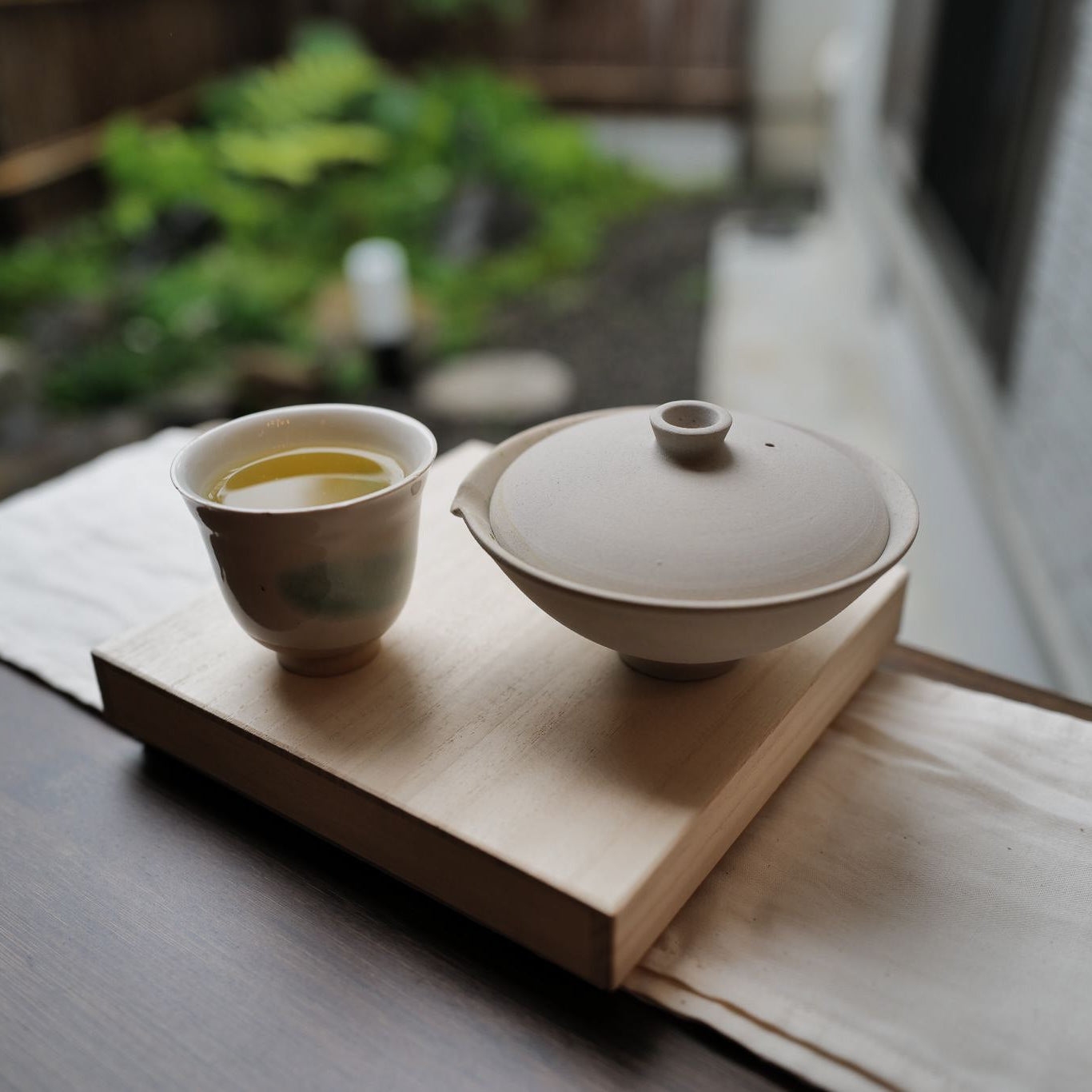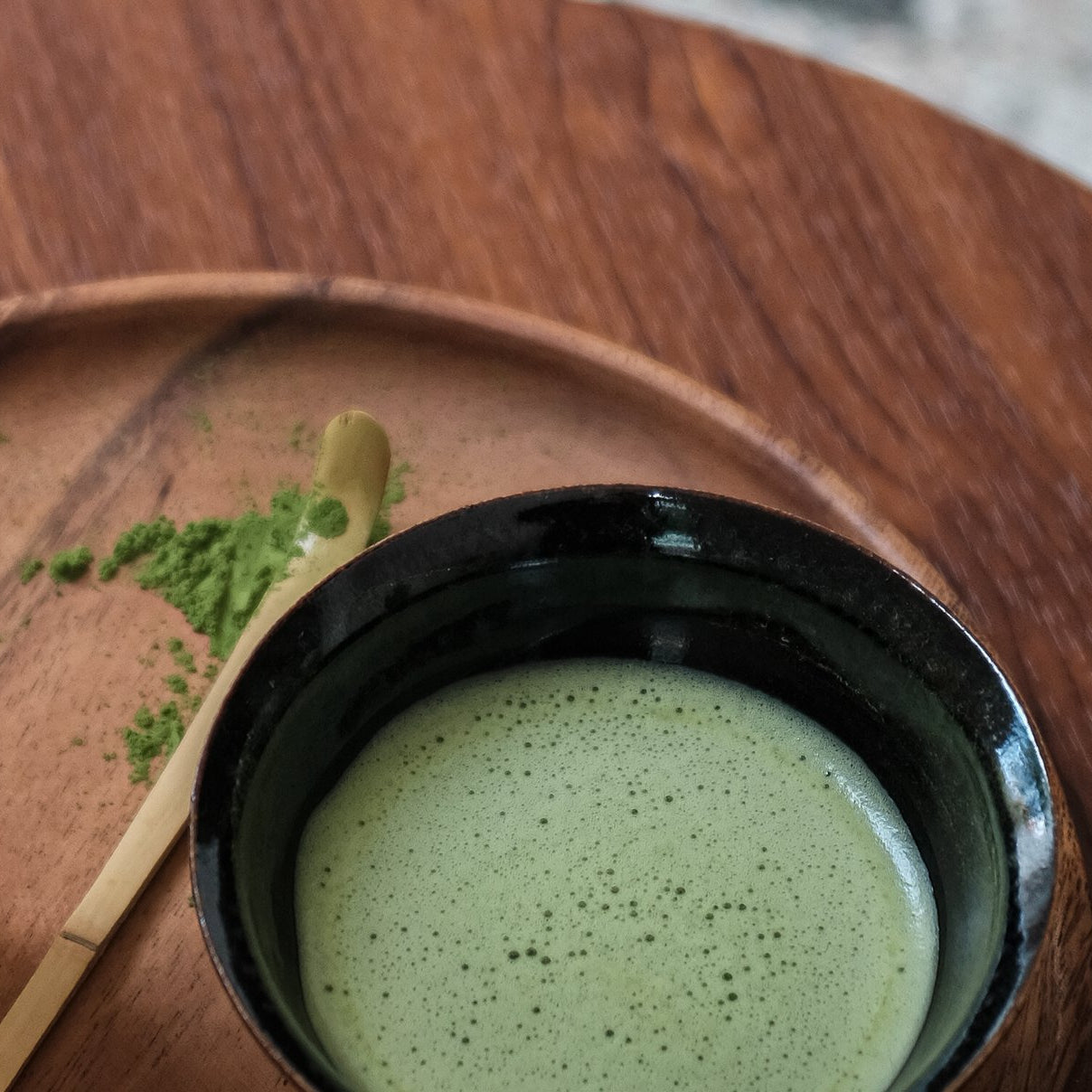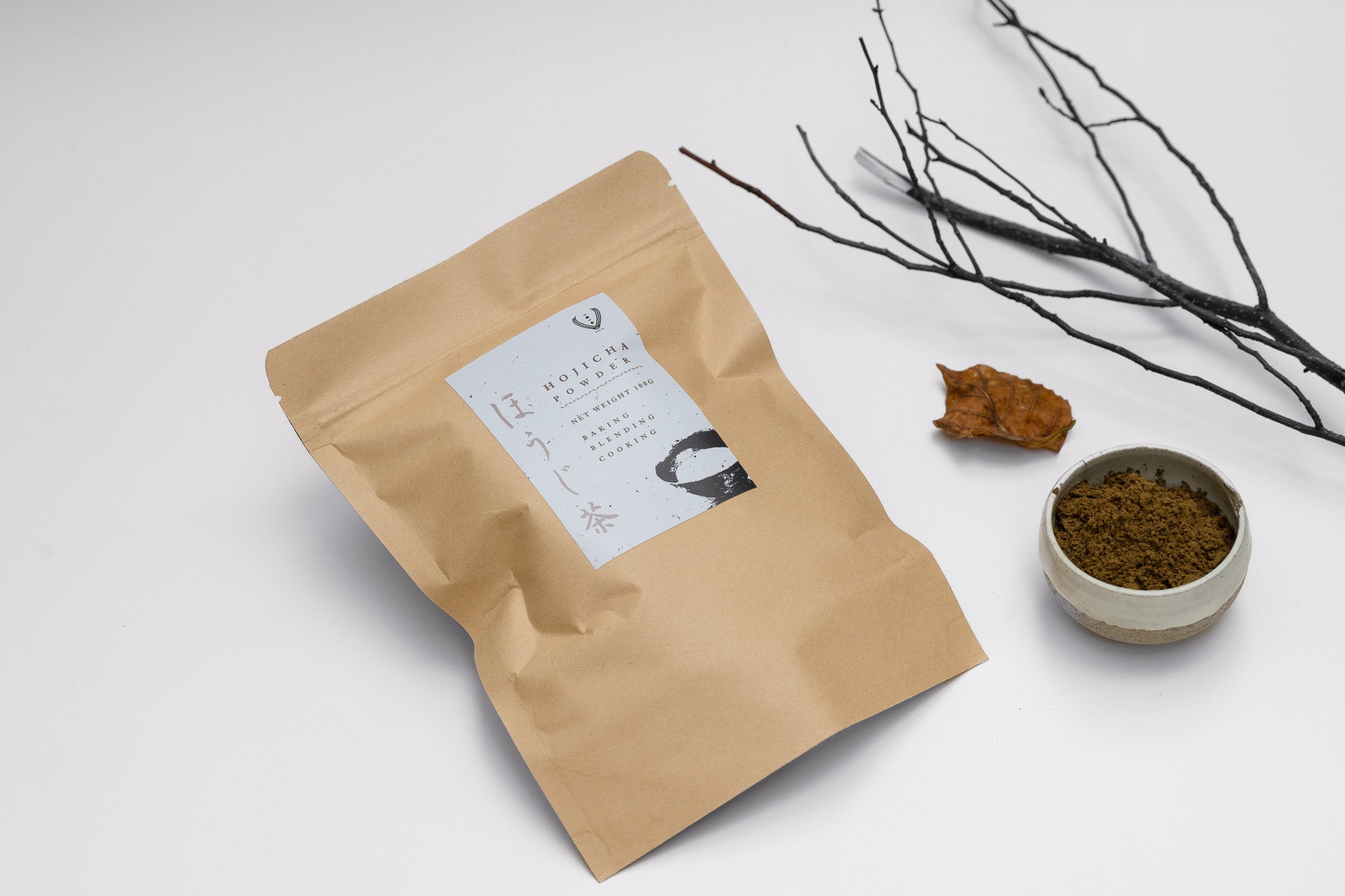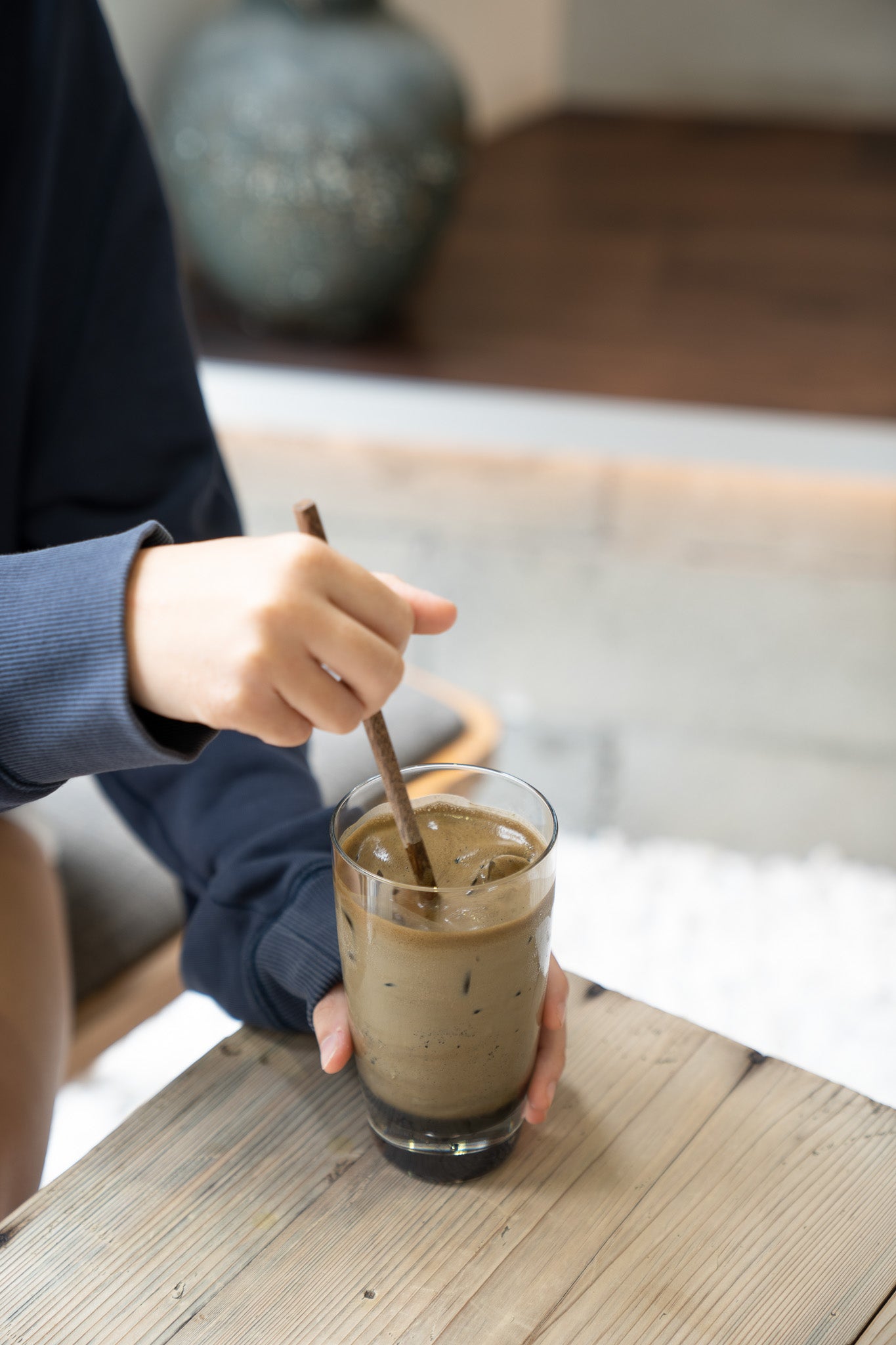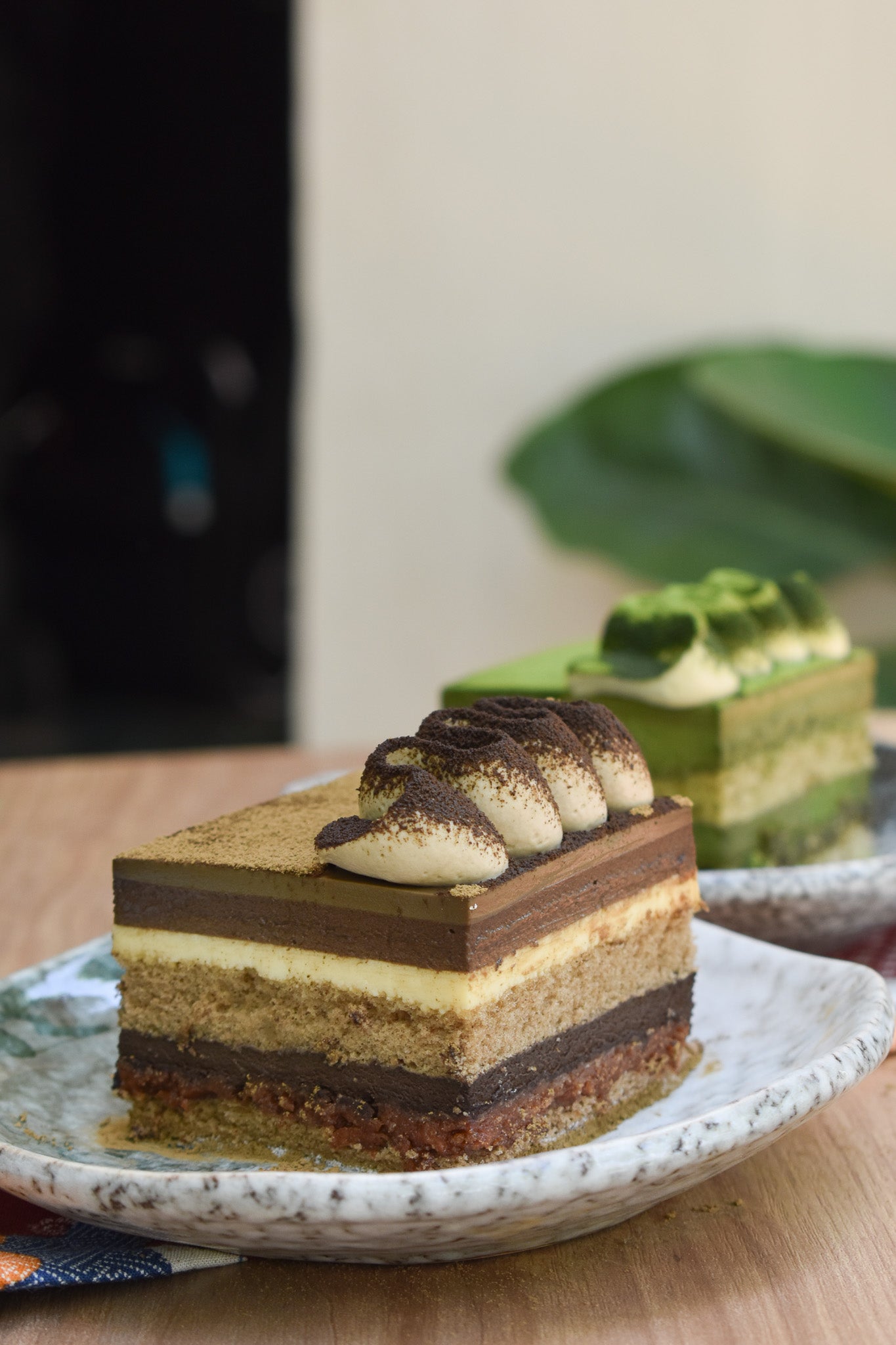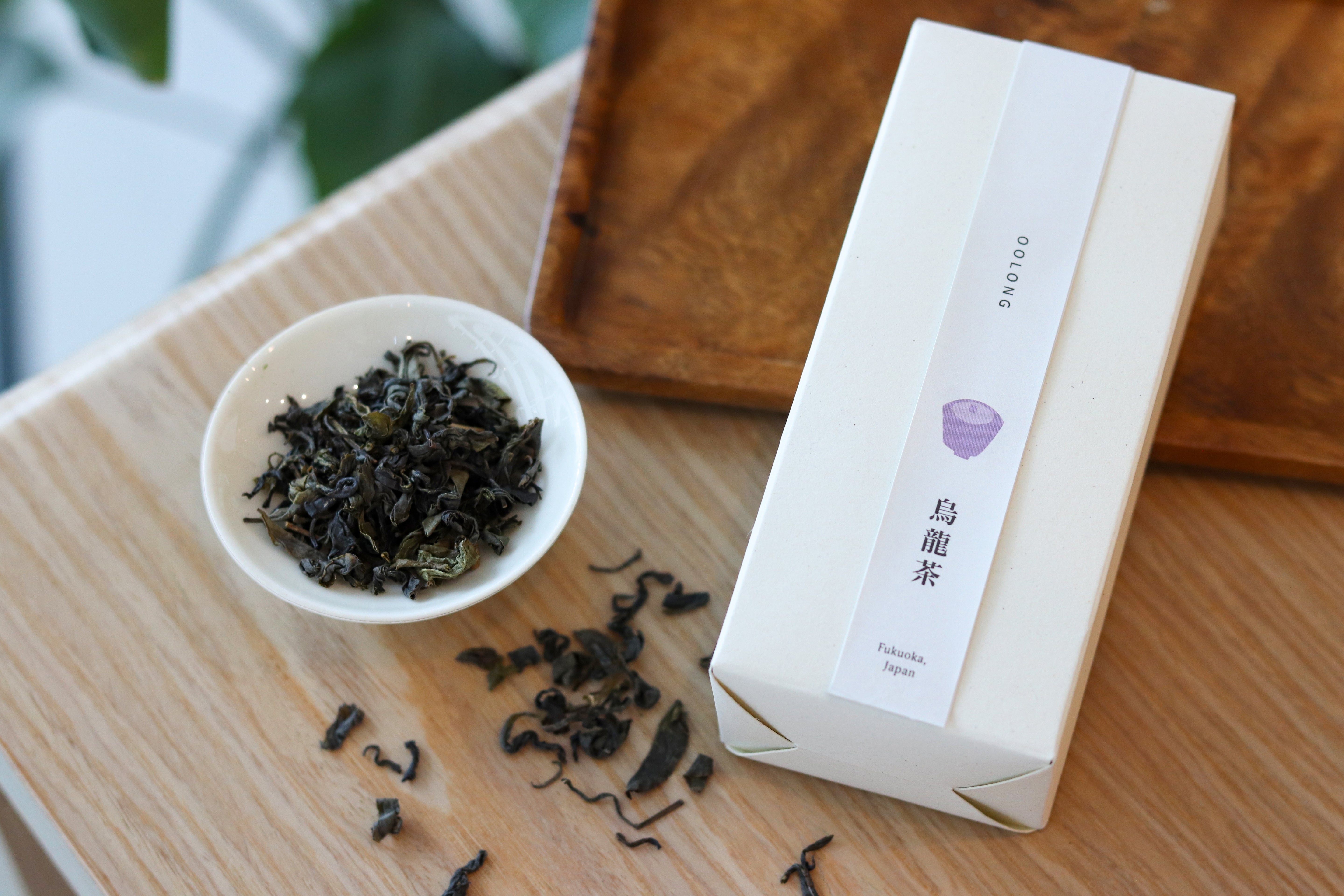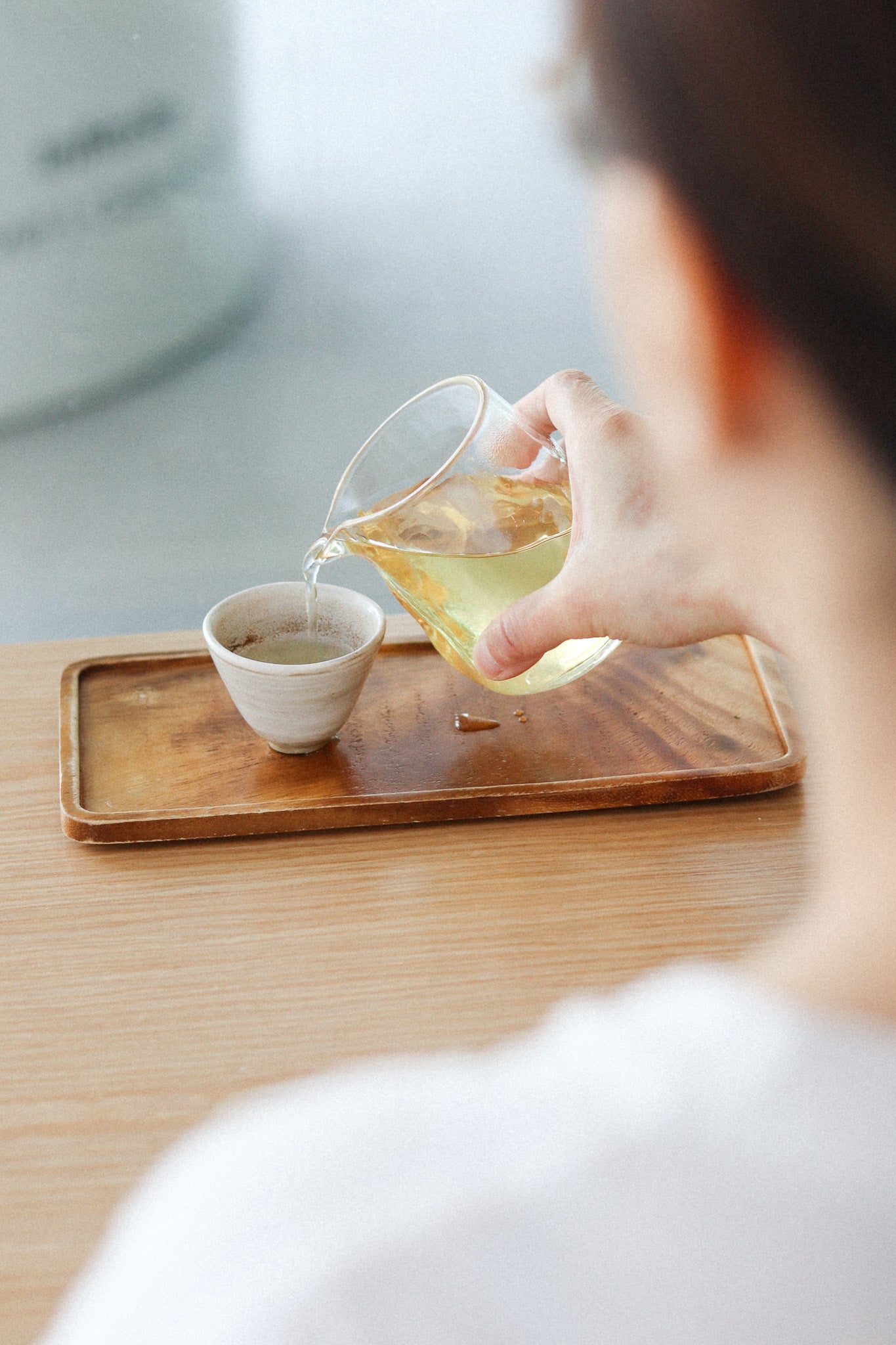ARTISTS REACH INWARDS TO REACH OUTWARDS
by Jasmine | November 10, 2019
Throughout history, art has been a platform for many to speak to themselves, heal old wounds and express themselves. This journey of untying the messy knots, breathing courage to the self and moving forward, is commendable.
To be an artist is to express. The portrait of Mona Lisa, or the Starry Night of Van Gogh, or the landscape of Guernica by Picasso have essentially the same effect on humans: to speak. Art, as an expressed form of a human’s emotions, has an ability to speak.
Sometimes the art speaks to the masses. Like how Kevin Carter’s photo of the vulture awaiting the death of a Sudanese child sparked controversies of a decade. State media, independent publications and the public have poured their opinions over the Internet. Yet, the art echoes back to the creator. The tragedy is that while Carter’s photo triggered a million responses in the digital recesses and made its way to the Pulitzer, the photo ultimately haunted and pushed the South African journalist to suicide. In between his living and dying, he couldn’t escape the incessant cries of what he captured: the unspoken words of death.
And the fear of death rules an artist as much as the fear of living. Art captures the essence of something timeless — a skill, an era, an emotion, a pursuit, a time bounded to the world of the artist alone — and artists often cling on to these time-defying pursuits. It is a protection of what was in the moment, and a fear that all these will be lost in time to come. But the reality of living in an earthly body is the reality to be of the moment.
Therein lies a discovery: that this living on the edge is so fine a line drawn that artists themselves may sometimes wander. In the process of expressing one’s views through the Arts, some artists end up unsure of where they started out from. The original intention to speak out, deliver and communicate gets lost.
Art captures the essence of something timeless — a skill, an era, an emotion, a pursuit, a time bounded to the world of the artist alone — and artists often cling on to these time-defying pursuits.
In several instances, it seems like the eventual outcome of reaching out to others is to speak to the self.
VALUE TO THE SELF
So, art is at best for all to see, or for none to behold. Because there are no industry standards to affix a price point to art, we see works ranging from the tens to the billions and consumers not understanding what the true worth of art is (or should be).
With so huge a divide, art works seem as accessible as they are inaccessible. There is no one way of appreciating art — you can fly 10,000 kilometers to visit a renowned museum, pop by the local flea market for an artisanal showcase or enter free galleries that are in the local vicinity.
The price points are, often, wholly determined by the artist. And yes, while artists take into account the cost prices, labor costs and shipping fees, a bulk of the final transaction is the fee of an intellectual property. A new player in the art industry is free to affix whatever value he wishes, and rightfully so. It is the celebration of an intangible, after all. The value of the work is that of self-value, of speaking to oneself how much one is worth.
So, art brings with it this posture of stride, arrogance and ego that shouts in the face of reality. Short of idealism, art screams individualism, imagination and impossibilities. It defies what reality demands of it and goes against the norms. To put to stop one’s expression is any artist’s deepest nightmare.
REVISITING OLD WOUNDS TO HEAL
Art also captures an intangible in life that soothes one’s soul. Avant-garde artists often feature masterpieces of unique themes — ranging from pop to fringe to taboo culture. These themes can be disturbing or acutely provocative at times, but the message that artists want to send is simple: to protest against a past to control the future.
That children are brought up to express themselves is a great relief. The very first expression of humans is a cry, then next a drawing, then the words.
And it makes sense, that art is the medicine to artists’ souls. Art bridges the void of being and un-being. Some artists have a story stemmed out of an unpleasant past — lack of family support, a hateful childhood, conflicting adolescence; while others out of an immense love for a moment in life — a lover, a scene, a counter-culture breakthrough that they saw as promising.
When Yayoi Kusama shot to fame through polka dots, she became a victor of her scars. For all the fame that her installations gained internationally, her story is less known. She had a troubled past, one in which her mother refused to acknowledge nor support her artistic ambitions. The very thing that banished her to darkness is the very thing she flees to as refuge. It is a path of healing, in the most creative way possible.
That children are brought up to express themselves is a great relief. The very first expression of humans is a cry, then next a drawing, then the words. With a limited vocabulary and an expanding mind, infants are drawing and coloring to express themselves first and foremost. Which is also why psychiatrists analyze drawings to understand a person. Our first interaction with our own minds often stem from the arts. The initial rebellious emotions have been soothed by the visual appeal of art.
A closer look at artists reveal some sort of irony among, or in, them. That is not to say that it is negative, because the destination of their journeys often surrounds a closure of the past or hurt feelings. Rather, it is the acknowledgement that art has the power to untie the heart’s dead knots, speak to the self, and heal oneself. Art is a worthy investment.
To reach out, one reaches inwards.

